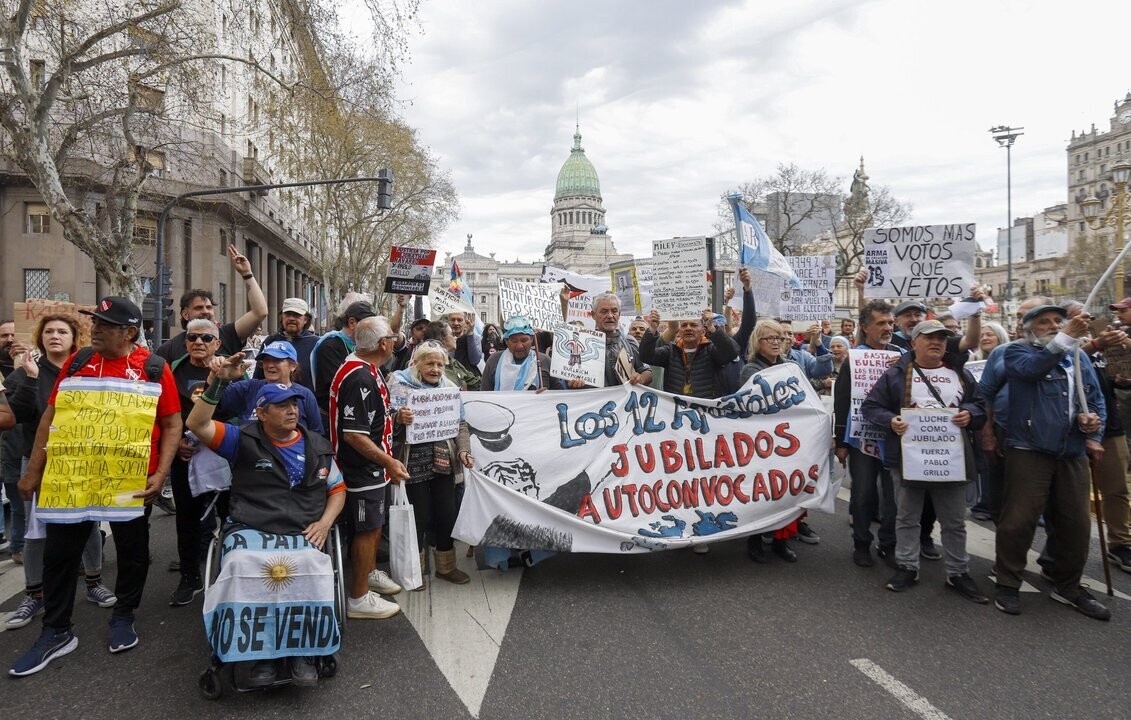
The government is thus seeking to distribute the weight of additional aid within the structure of the national public accounts. The short-term outlook is discouraging: the 2.1% increase planned for November will likely be below projected inflation, which will worsen the loss of purchasing power as the year-end approaches. Fewer benefits due to the end of the moratorium The ASAP report also indicated that the elimination of the moratorium led to a decrease of 22,412 benefits in the third quarter of 2025, marking the first decline since the pension moratorium established by Law 27.705 ended in March of this year. The Argentine pension system lost more than 100,000 contributors in the first half of the year and has a deficit of 4.5 trillion pesos as of September, which must be covered by the National Treasury, complicating fiscal accounts. To this must be added a sharp fall in purchasing power, which has accumulated 12% since Javier Milei took office. Sandra Pettovello signed an increase for ANSES for November: the minimum pension with a bonus exceeds $400,000. This is the scenario in which the government is basing its decision to first pursue labor reform and then social security system reform: 'If they contribute more, it cannot be financed,' is the phrase they use to justify the sequence. The most alarming data: 1.8 contributors per beneficiary. Data published by ASAP revealed that the number of contributors decreased by 101,347 between January and June of this year. The pension dependency rate remains the most alarming indicator: the current ratio is 1.8 contributors per beneficiary, a figure lower than the recommended three to one. The scarcity of resources generated by this imbalance directly translates into a significant drop in the purchasing power of benefits. The frozen bonus and the erosion of benefits The average benefit per holder as of September 2025 was $675,510, and its purchasing power decreased by 4.9% year-on-year, suffering a 12% cut since the current government took office (November 2023) and a 24% cut in the last four years. The most serious situation is that of beneficiaries who depend on the complementary bonus. The decision to freeze the maximum amount of this supplement at $70,000 since March 2024 has, in fact, been an effective reduction of benefits for 52.2% of SIPA holders, approximately 3.2 million people. For 2026, no increase in benefits is planned beyond inflation adjustments, nor is there any adjustment to the bonus. This occurs despite the fact that Parliament had approved a two-year extension of the moratorium, which was vetoed by the Executive Branch.














